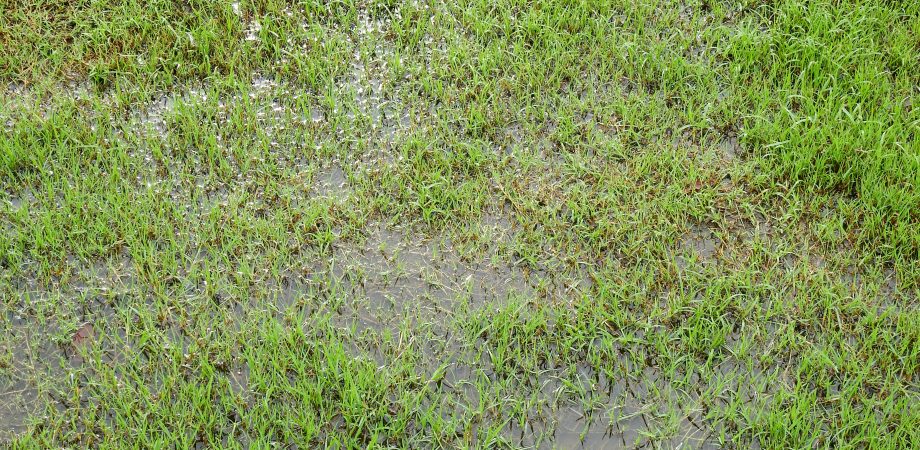Effects of Excessive Rain on Turf

Excessive rain can have adverse effects on turfgrass health. Below are a few such outcomes.
Discoloration
If there’s so much rain that the soil becomes saturated, turfgrass roots will “drown” from insufficient oxygen. As root function decreases, the plant won’t be able to attain enough nutrients to maintain a healthy green color.
Increased Disease Pressure
Turfgrass diseases such as Pythium blight, slime molds, and brown patch thrive in moist conditions. When excessive rain keeps the soil from drying out, it creates an ideal environment for fungus growth.
Increased Insect Activity
Diseases aren’t the only problems that grow in conditions of high rainfall. Insects such as Japanese beetles like to lay their eggs in wet soil, meaning that excessive rain could lead to an excessive grub problem later.
Reduced Product Efficacy
With disease and insect pressure worsened by excessive rain, you would hope that fungicides and insecticides would offer a solution. However, chemical efficacy is not a given in conditions of high rainfall. Products with a longer rainfast time, especially contact pesticides, may not have time to make a difference before the rain washes them away.
Your ATS representative can help you select fungicides or insecticides to manage increased pest pressure from excessive rainfall—chemicals that have an appropriate mode of action and rainfast time for your needs.







